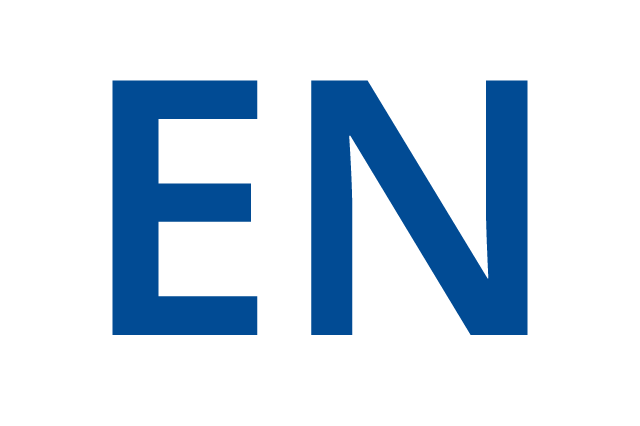
| Données Personnelles | Thématiques de recherche | Charges de cours | Publications |
ERCEK Rudy



Unités
LISA (Laboratory of Image Synthesis and Analysis) brings together expertise in image processing and analysis, pattern recognition, image synthesis and virtual reality. Its LISA-IA unit focuses on the fields of image analysis and pattern recognition and develops new methods for 2D and 3D object segmentation, recognition or tracking, multi-modal image registration, as well as machine and deep learning methods for signal and image processing. In the latter context, research is being carried out on the ability to deal with imperfect (weak or noisy) annotations and on methods of evaluating algorithms in such situations where the ground truth is not available. Developed algorithms are related to biomedical and industrial applications. Following a problem-centered approach, the unit tackles all hardware and software aspects of the chain in multidisciplinary teams (MDs, biologists, engineers, computer scientists, mathematicians, as well as art historians and archaeologists) over multi-institutional collaborations to deliver functional applications. The research is funded both by institutional/public funds and industry collaborations. LISA's achievements include one patent, several highly cited biomedical papers, implementation of acquisition and thermoregulation devices for live cell imaging, multi-media event organization and international cultural heritage projects.
Le LISA (Laboratory of Image Synthesis and Analysis) regroupe des expertises en traitement et analyse d'image, reconnaissance des formes, synthèse d'image et réalité virtuelle. LISA-VR étudie des techniques avancées de capture et rendu de scènes naturelles en 3D pour la Réalité Virtuelle (cf. photos 1 & 2), ainsi que l'Holographie (cf. photos 3 & 4). Au lieu d'explicitement modéliser la scène avec des modèles 3D comme dans les jeux vidéo 3D, nous visons des solutions simples de champs lumineux, où on caractérise non seulement l'intensité mais aussi la direction des rayons lumineux dans la scène. Utilisant des techniques de rendu d'images basé sur la connaissance de la profondeur en tout point, des illusions de perspective 3D sont obtenues. Les grands défis résident dans une bonne mesure/estimation de la profondeur, comment gérer les disocclusions, ainsi que de définir des architectures de caméras adéquates/robustes, afin d'obtenir la plus haute qualité de rendu au plus faible coût pour l'Holographie et la Réalité Virtuelle. Dans ce dernier cas, le rendu en temps réel est aussi une contrainte importante.
Projets
Cette personne ne fait actuellement pas partie d'un projet.

